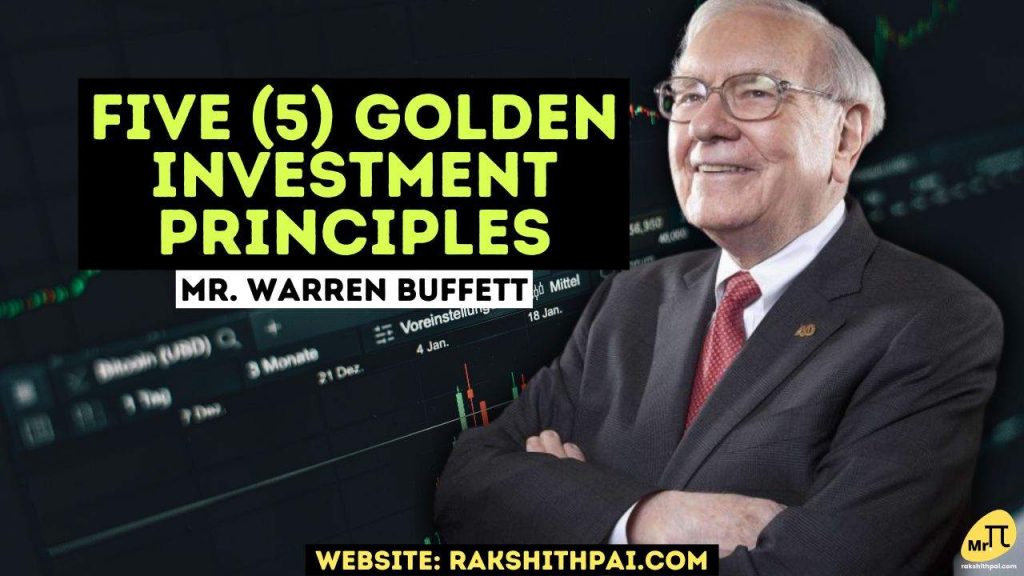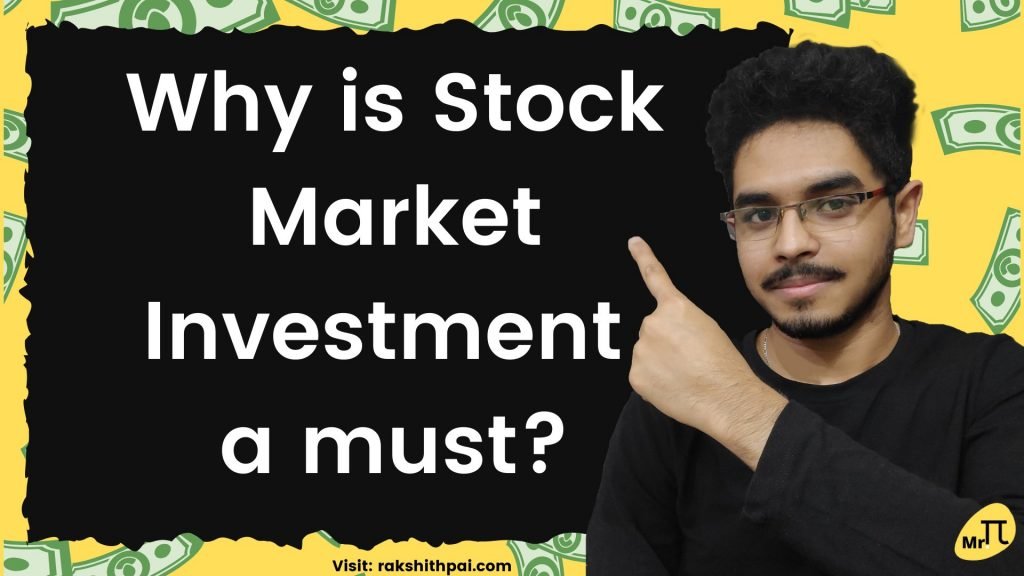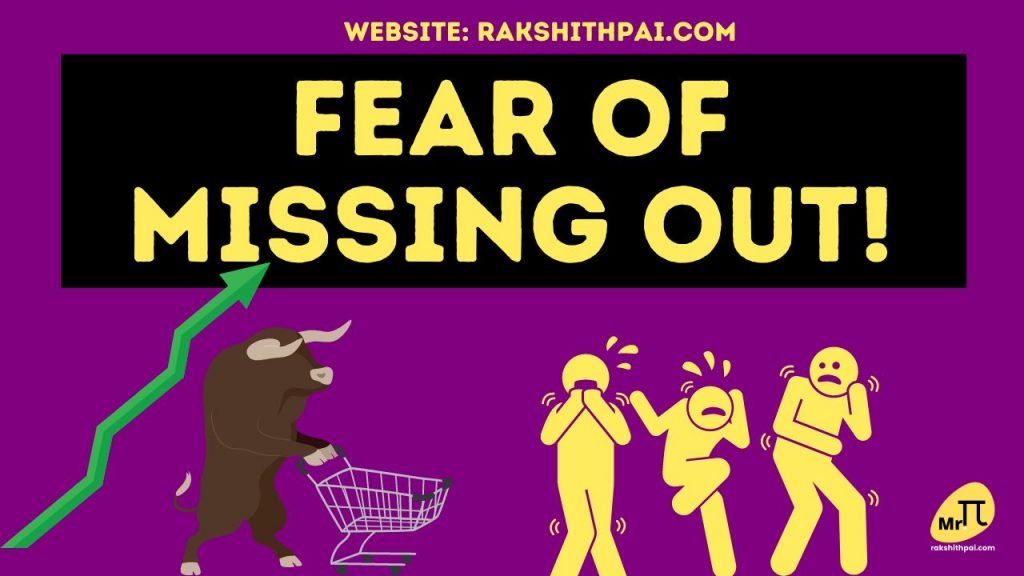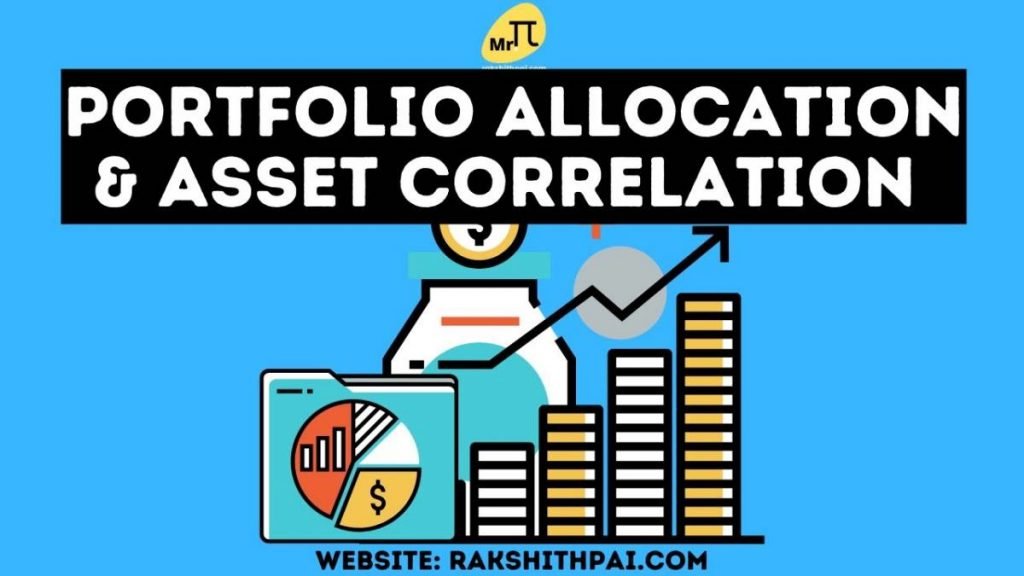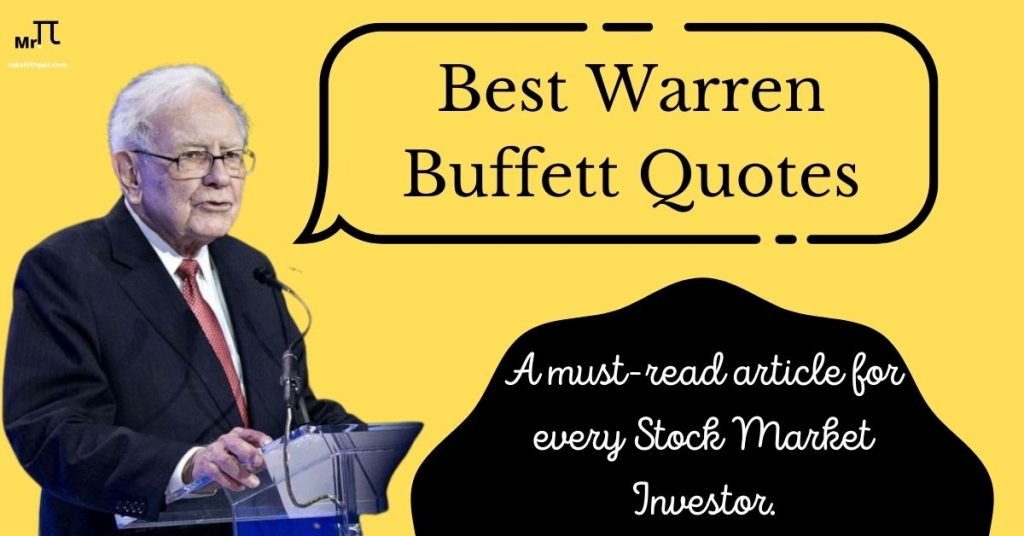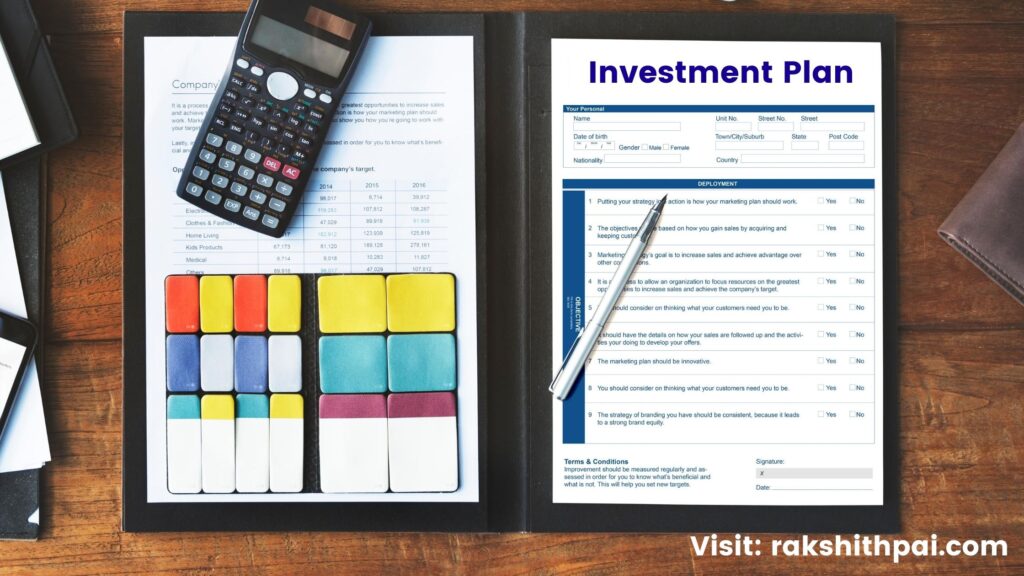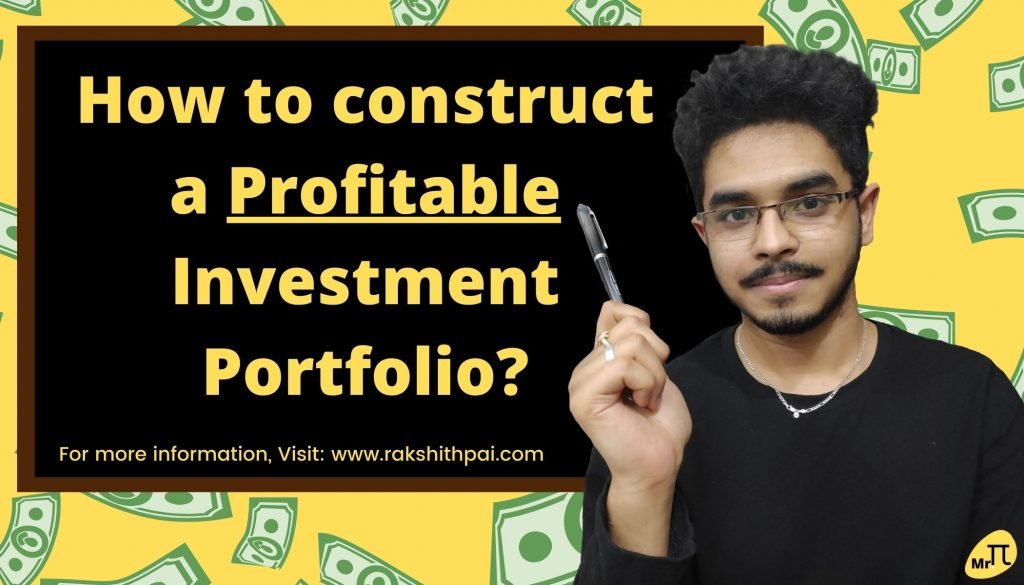Table of Contents
Who is Warren Buffett?
He is someone who doesn’t need an introduction. But, here I try…
American business tycoon, investor, and philanthropist Warren Edward Buffett (born August 30, 1930) is an American business tycoon, investor, and philanthropist. Currently, he serves as both chairman and chief executive officer of Berkshire Hathaway. As of July 2022, his net worth was over $100 billion, making him one of the top 10 wealthiest people in the world and one of the most successful investors in the world.
Omaha, Nebraska is where Buffett’s life began. He attended the University of Nebraska, from which he graduated at the young age of 19, after initially enrolling at the Wharton School of the University of Pennsylvania. He went on to earn an MBA from Columbia University, where the teachings of Benjamin Graham’s value investing theory formed the basis of his own.
Following his education at the New York Institute of Finance, where he honed his skills in economics, he entered into several commercial partnerships, including one with Graham. In 1956, he established Buffett Partnership, Ltd., which would go on to buy Berkshire Hathaway, a textile manufacturer, and change its name to become a holding company with a wide range of business interests. Buffett’s 1978 reorganization, he brought on Charlie Munger as vice chairman.
And the rest is history!
Five (5) Buffett Principles:
The following are Five (5) Investment Principles that defined Mr. Warren Buffett!
Circle of Competence
According to Buffett, one of the most important rules is that you shouldn’t acquire stocks that are too far outside of your comfort zone. He advises investors to think twice before buying a company’s stock until they have a thorough understanding of the company’s operations, its revenue streams, and the longevity of its business model and earnings. At the 1999 Berkshire annual meeting, he referred to this as “working within what I call your circle of competency.”
Buffett has passed up a number of winning investments in the technology area because he did not feel qualified to appraise their business strategies, with the noteworthy exception being smartphone and personal computer maker Apple Inc. The Berkshire Hathaway investment firm has recently increased its big stake in Apple. However, Buffett’s reluctance to go into uncharted territory has kept the firm from getting into Apple stock until recently.
Mr. Buffett’s Quote on Circle of Competence:
“Everybody’s got a different circle of competence. The important thing is not how big the circle is. The important thing is staying inside the circle.”
“Know your circle of competence, and stick within it. The size of that circle is not very important; knowing its boundaries, however, is vital.”
“The most important thing in terms of your circle of competence is not how large the area of it is, but how well you’ve defined the perimeter.”
“If we have a strength, it is in recognizing when we are operating well within our circle of competence and when we are approaching the perimeter.”
Do the Opposite!
According to Warren Buffett, the best investors are “scared when others are greedy, and greedy when others are fearful.”
This phrase represents a contrarian point of view in the stock market and is directly related to the price of an item; when others are greedy, prices often boil over, and one should be cautious lest they overpay for an asset, which then results in reduced returns. But, investors can find good value when others are frightened.
Since you get what you pay for, overpaying might drastically reduce your profits. To elaborate, a stock’s worth is proportional to the expected level of profits it will make over the course of the company’s existence. This value is found by bringing all expected cash flows back to their present value, also called the intrinsic value.
If you overpaid for a stock, the return you would have gotten from its gradual return to its true value would be reduced. If the conditions are appropriate, being greedy when others are scared can lead to higher returns. This strategy depends on the fact that things are predictable and that there are no short-term events that cause prices to drop.
Mr. Buffett’s Quote on Doing the Opposite:
“We simply attempt to be fearful when others are greedy and to be greedy only when others are fearful.”
“I will tell you how to become rich. Close the doors. Be fearful when others are greedy. Be greedy when others are fearful.”
Margin of Safety
A third rule that Buffett has taken from Graham is to buy stocks with a large “margin of safety,” which means investments that currently sell significantly below their intrinsic value. He says that if you invest by looking for deals, you should limit your losses if your estimate of the stock’s true value was too high or if something unexpected hurts a company’s once-good prospects.
Of course, coming up with an accurate estimate of intrinsic value is not easily reduced to formulas, but the Graham method, as employed by Buffett, rests on rigorous fundamental analysis of the data pertinent to a company, its industry, and the general economy. Buffett stands out in his decades-long ability to make astute judgments of value.
Mr. Buffett’s Quote on Margin of Safety:
“When I talk about the four M’s of investing, I’m referring to meaning, moat, management, and margin of safety.”
“The three most important words in investing are Margin of Safety.”
“If you understood a business perfectly and the future of the business, you need very little in the way of a margin of safety.”
“Risk comes from not knowing what you are doing.”
“On the margin of safety, which means, don’t try and drive a 9,800-pound truck over a bridge that says it’s, you know, capacity: 10,000 pounds. But go down the road a little bit and find one that says, capacity: 15,000 pounds.”
“The margin of safety is always dependent on the price paid. It will be large at one price, small at some higher price, nonexistent at some still higher price.” – Mr. Benjamin Graham
Economic MOAT
Warren Buffett popularised the term “economic moat” to describe a company’s capacity to sustain competitive advantages over its rivals and hence secure its long-term earnings and market dominance. The moat, like that of a medieval castle, keeps the enemy out while protecting the inhabitants and their treasures from harm.
Companies with a broad economic moat would be those that excel in at least one of Porter’s five forces. Having a monopoly on the production of a wonderful medicine, for instance, would discourage potential rivals from entering the market. There would be no competition, leading to consistently high profits for the business.
A corporation with a broad moat is one that operates in a market with high barriers to entry for newcomers. A company can build an economic moat in a number of ways, which gives it a big edge over its competitors.
Mr. Buffett’s Quote on Economic MOAT:
“In business, I look for economic castles protected by unbreachable ‘moats’.”
“A good business is like a strong castle with a deep moat around it. I want sharks in the moat. I want it untouchable.”
“No formula in finance tells you that the moat is 28 feet wide and 16 feet deep. That’s what drives the academics crazy. They can compute standard deviations and betas, but they can’t understand moats.”
Find & Invest in Companies With Strong MOAT!
Think Long-term
What is the recommended stock holding period? According to Buffett, you shouldn’t buy a stock for more than 10 minutes if you wouldn’t be willing to hold onto it for 10 years. Even after what he called the “Financial Pearl Harbor,” Buffett still kept the majority of his investments in place.
An investor’s human side will be kept in check by a lengthy holding period, barring any dramatic changes in the company’s prospects (such as insurmountable labor issues or product obsolescence). Investors who are very scared or overly greedy may sell stocks at the bottom or buy stocks at the top, destroying their portfolio appreciation over the long term.
Mr. Buffett’s Quote on Long-term Investing:
“Only buy something that you’d be perfectly happy to hold if the market shut down for 10 years.”
“If you are not willing to own a stock for 10 years, do not even think about owning it for 10 minutes.”
“Someone’s sitting in the shade today because someone planted a tree a long time ago.”
“Always invest for the long term.”
Conclusion:
If you find a good company, Buffett says to buy it outright or at least 80 percent if management is involved. However, a competitive price tag is also a factor in convincing consumers to make a buy. To paraphrase a famous comment by Buffett: “Whether we’re talking about socks or stocks, I appreciate buying a great product when it’s marked down.” Investment guru Ben Graham, Buffett’s mentor, once observed that when companies are selling for less than they are worth, it is a good time to buy.
Market collapses, cyclical variations, a failure to meet short-term targets, and shady business practices are just some of the reasons why stock prices can drop. Whatever the case may be, when on the prowl for cheap stocks, keep an eye out for the following indicators: P/E ratio is low; earnings yield is high; earnings are positive, and the dividend yield is high. When company executives or board members buy stock, it can also be a sign that the company will do well in the future.
Warren Buffett will only pay a minimum price for the stock of powerful companies. Warren Buffett is known for his investment acumen, but why does he acquire stocks? Buffett oversees Berkshire Hathaway as its chairman. The stockholders of Berkshire Hathaway are represented by Buffett when he makes stock purchases.
However, Warren Buffett does not always purchase equities. He is patiently waiting for the proper time to invest in the stocks of reputable corporations. Prior to the global subprime mortgage crisis of 2008, Warren Buffett had been amassing shares of blue-chip companies.
During certain periods, you can get incredible deals on even the best products and services on the market. During the current weak market, investors are presented with a position (opportunity) very similar to that which existed back then. Companies with a track record of success are trading at steep discounts.
Disclaimer: All the information on this website is published in good faith and for general information purpose only.

